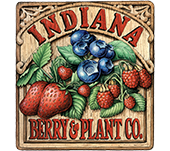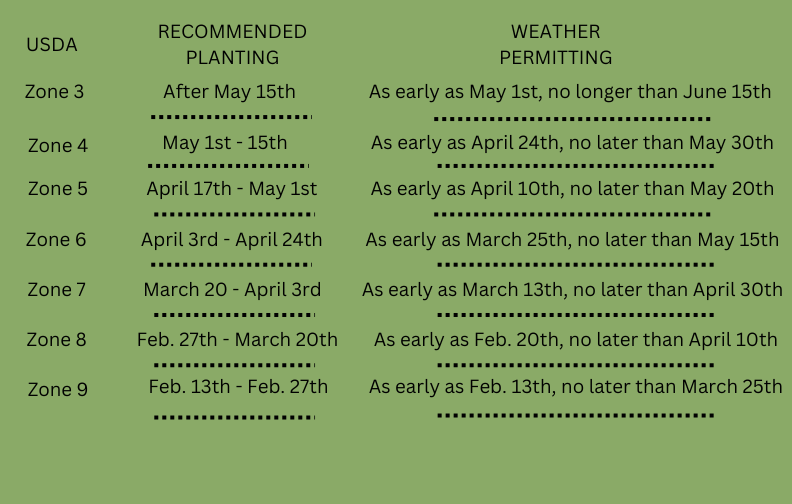| Quantity | Price |
| 1-24 | $7.45 |
| 25-99 | $6.05 |
| 100 + | $4.95 |
This variety from Arkansas produces larger fruit and higher yields, fruit are blocky and conical with a very attractive glossy black color. Early reports show fruit to be larger (approx. 10 g) than Arapaho or Navaho. Canes of Apache are more erect than other thorn less varieties and can be grown without a trellis when primocanes are tipped at 42" to control primocane length and encourage lateral shoot growth.






